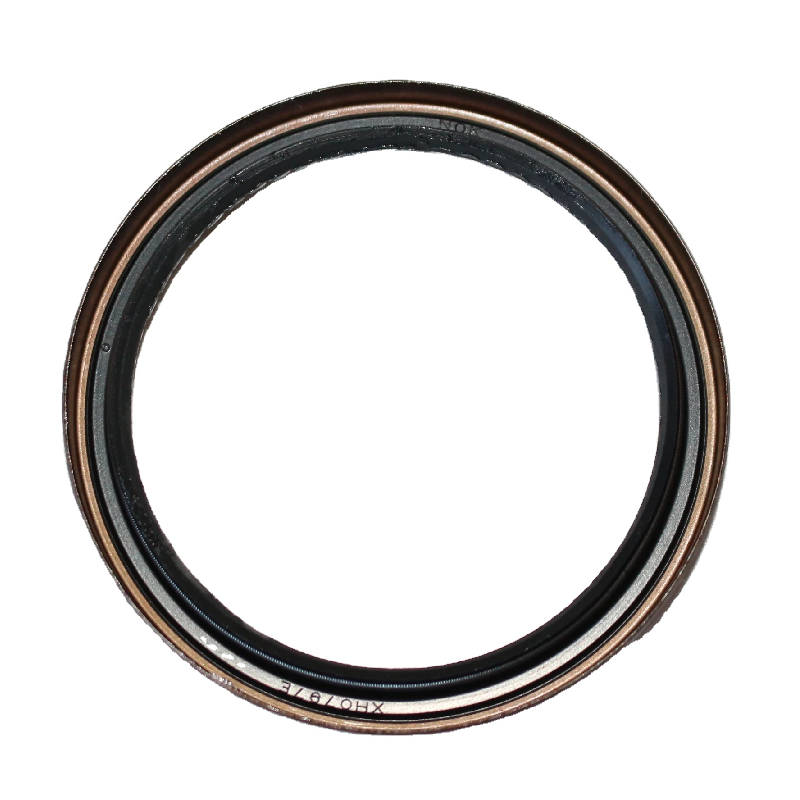gear box seals
Understanding Gearbox Seals Importance, Types, and Maintenance
Gearbox seals are a crucial component in the functioning of various machinery, particularly in automotive and industrial applications. These seals play a vital role in maintaining the integrity of the gearbox by preventing lubricant leakage and ensuring that contaminants do not enter the gearbox assembly. This article will delve into the importance of gearbox seals, the different types available, and the essential maintenance procedures to ensure their longevity and effectiveness.
Importance of Gearbox Seals
In any gearbox system, proper lubrication is essential for reducing friction between moving parts, thereby minimizing wear and extending the lifespan of the components. Gearbox seals serve to retain lubrication and maintain the optimal operating temperature by preventing oil loss. A failure of these seals can lead to significant issues such as
1. Lubricant Loss When seals fail, valuable lubricant can leak out, leading to insufficient lubrication, overheating, and eventually catastrophic failure of the gearbox. 2. Contaminant Entry Seals act as barriers against dust, dirt, water, and other contaminants. The ingress of such materials can cause abrasive wear on gears and bearings, compromising the gearbox's performance.
3. Operational Efficiency Effective seals help in maintaining the correct pressure within the gearbox, which is vital for optimal performance and efficiency.
Types of Gearbox Seals
There are several different types of gearbox seals, each designed for specific applications and conditions. Some common types include
1. Oil Seals Often used in rotary applications, oil seals are designed to keep lubricating oil in and contaminants out. They are typically made of rubber or elastomeric materials and can accommodate various shaft sizes and speeds.
2. Gaskets Gaskets are used to create a seal between two flat surfaces. They are often made of materials like cork, rubber, or silicone. In a gearbox, gaskets prevent oil leaks where the gearbox housing meets the cover or other components.
3. Mechanical Seals These seals create a tight barrier through the use of stationary and rotating components. They are commonly found in high-pressure applications and are particularly effective in preventing leaks.
gear box seals

4. O-Rings O-rings are circular seals designed to be compressed between two surfaces. They are often used in conjunction with other seal types to enhance sealing performance.
5. V-Rings These are flexible seals that fit onto a rotating shaft, creating a seal against a stationary counterface. They are especially useful in applications where space is limited.
Maintenance of Gearbox Seals
To ensure the longevity and effectiveness of gearbox seals, regular maintenance is essential. Here are some key practices
1. Regular Inspections Periodically check seals for signs of wear, cracks, or deformation. Early detection of seal failure can prevent more costly repairs down the line.
2. Lubrication Checks Monitor the lubricant levels and quality. If there are any signs of contamination or degradation, it’s vital to change the lubricant and inspect the seals for damage.
3. Proper Installation When installing new seals, ensure they are fitted correctly. Misalignment or improper installation can lead to premature seal failure.
4. Temperature Management Gearboxes should operate within recommended temperature ranges. Overheating can cause seals to harden and lose their effectiveness. Ensure that cooling systems are functioning properly.
5. Avoiding Over-pressurization Excessive pressure within the gearbox can strain seals. Ensure that the gearbox is designed to operate under the expected workload without exceeding pressure limits.
Conclusion
Gearbox seals are integral to the smooth operation and longevity of gearbox systems in various applications. Understanding their importance, recognizing the types of seals available, and implementing regular maintenance can significantly enhance performance and mitigate potential failures. By taking proactive steps to care for gearbox seals, operators can ensure that their machinery remains efficient, reliable, and free from costly leaks and damage.
-
Understanding the Front Main Engine Seal: Purpose, Maintenance, and Installation
News Jul.29,2025
-
Understanding O-Rings and Seal Rings: Types, Applications, and Custom Solutions
News Jul.29,2025
-
Understanding Crankshaft Oil Seals: Rear Seals, Pulley Seals, and Their Role in Engine Integrity
News Jul.29,2025
-
The Importance of Front and Rear Crankshaft Seals in Engine Performance and Oil Management
News Jul.29,2025
-
Crank Oil Seals: Functions, Types, and Cost Considerations in Engine Maintenance
News Jul.29,2025
-
A Comprehensive Guide to O-Rings and Seals: Types, Materials, and Global Applications
News Jul.29,2025
-
Mastering Diesel and Performance Engine Maintenance: A Guide to Critical Oil Gaskets
News Jul.28,2025
Products categories















